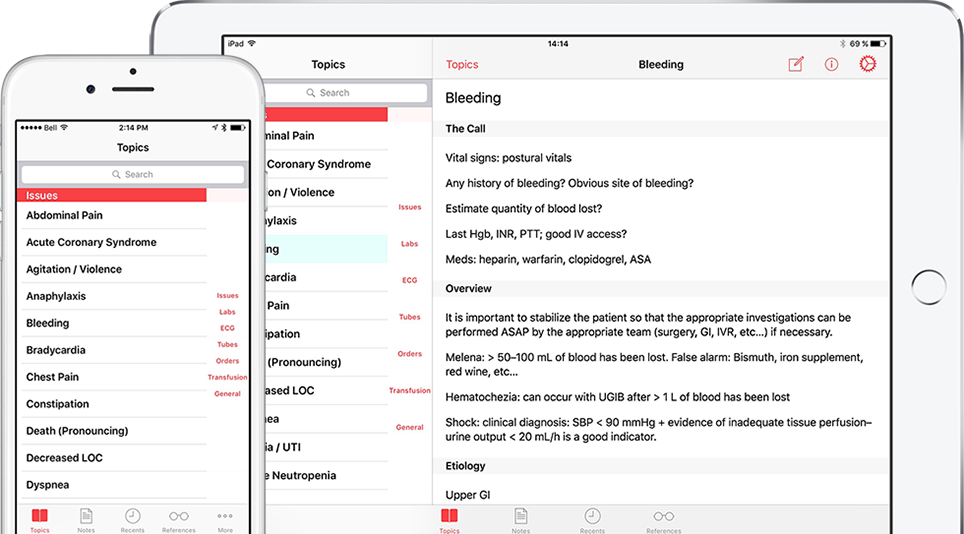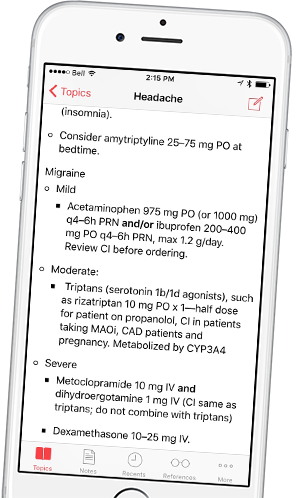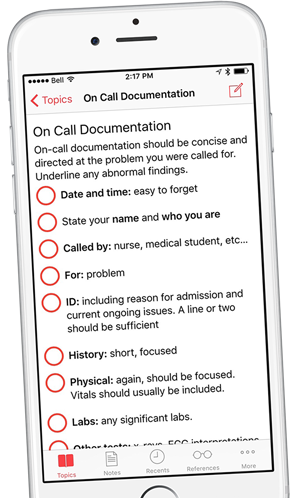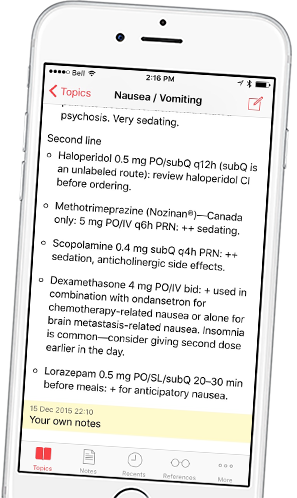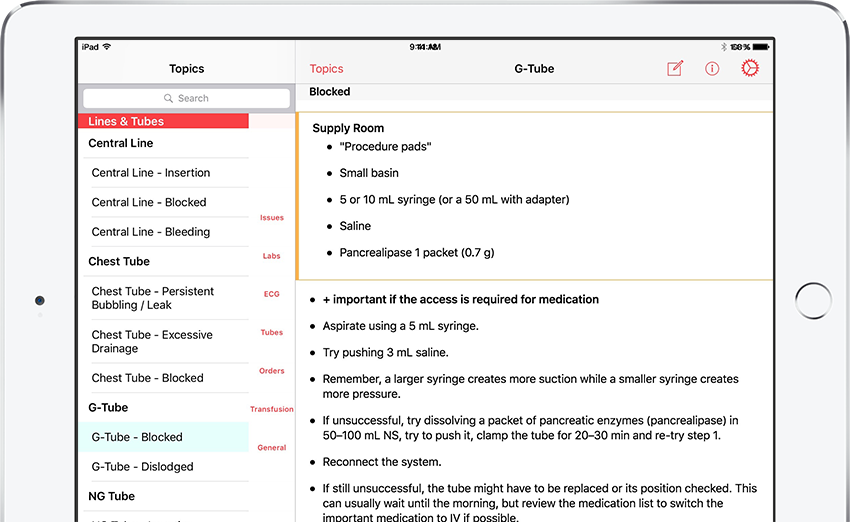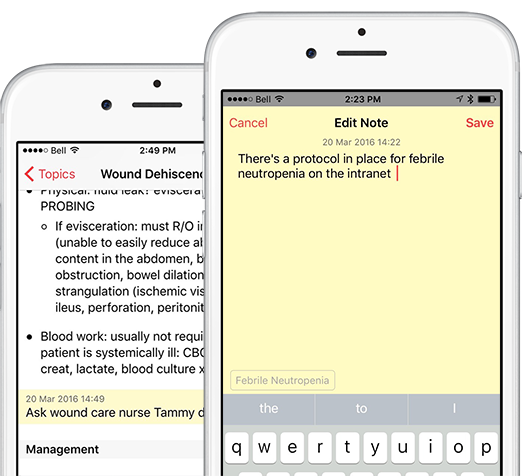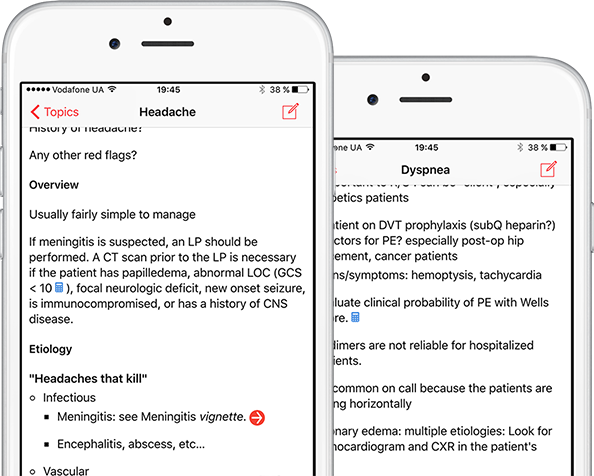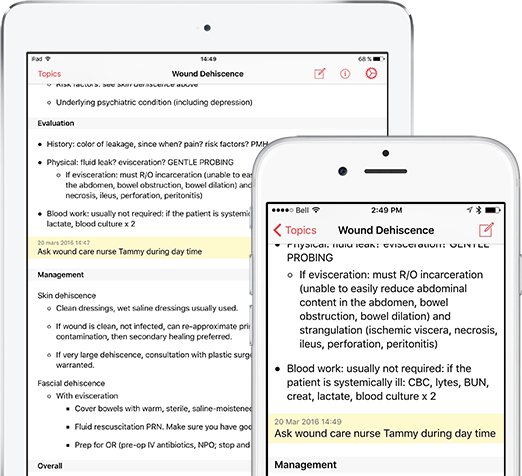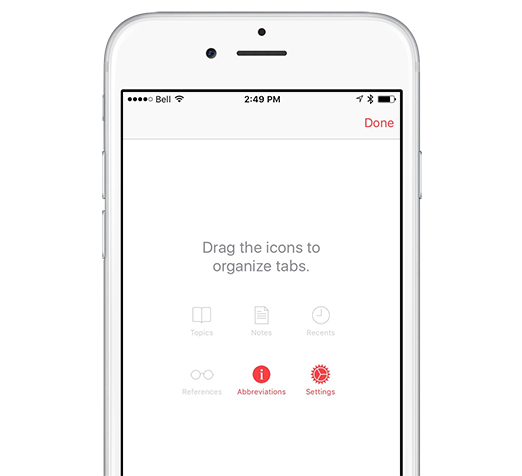
MARC-EMILE PLOURDE, MD
Lead Author
The story
I started working on MD on Call at the end of my first year of residency while I was still fresh from the steep learning curve of that demanding year. During that year, I had struggled with many little things that I never thought would be an issue:
How do you replace calcium?
At what point do you ask for an ECG in a patient with hypokalemia?
“Can you come and pronounce patient in room 1004?” — How am I suppose to do that??
I bought an “On Call” book, but it wasn’t “to the point” enough.
I don’t want to read a book at 2AM. I just want to get things done.
I also noticed that more senior resident often create a similar guide, which they photocopy and distribute to their friends. Those guides are often difficult to get a hold of and they tend to include many copyrighted material, meaning that they can’t be widely distributed.
I wanted to create a better tool, and have it available to as many junior docs as possible.
Benoit, a childhood friend who already had a few apps on the App Store, offered to partner with me to build an iPhone app with that material. This was the beginning of a great working relationship. Many people helped me get version 1 on the way and I’m grateful to this day that they contributed to my little project.
Shortly after launch, the app was featured by Apple on the main page of the App Store and by iMedicalApps.com, the respected medical app review site.
More than 25 000 people around the world now trust MD on Call and I routinely get great feedback from doctors around the world.
Try it.
